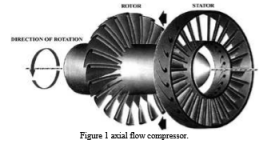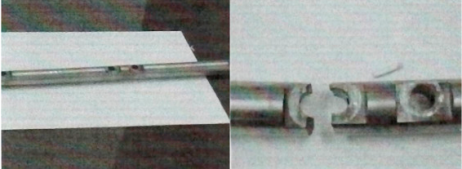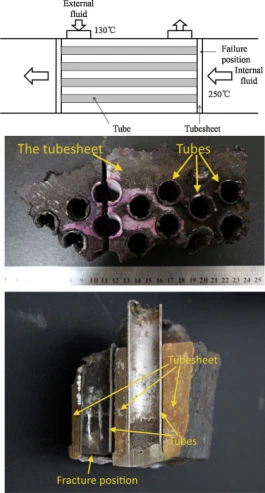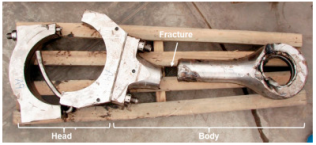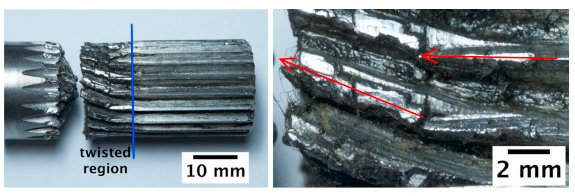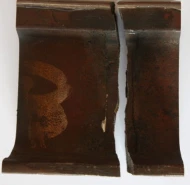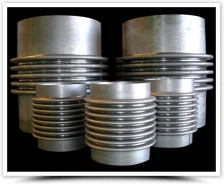 A paper published in the « Indian Journal of Science and Technology« , august 2016.
A paper published in the « Indian Journal of Science and Technology« , august 2016.
A bellows expansion joint is an assembly of two or more bellows which help to tackle expansion or contraction in the system where it is designed to fit in. It was found, various independent researchers did lot of research in the design and geometry of bellows expansion joint but a review of all is scare, they have put forth the different possible features of bellows design in this paper. (…)

